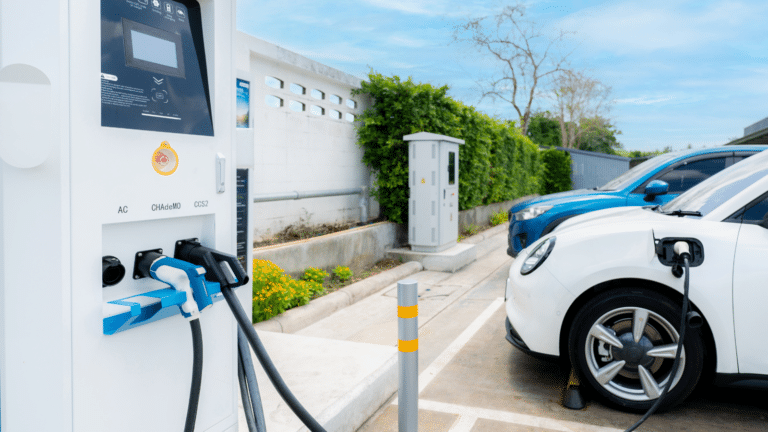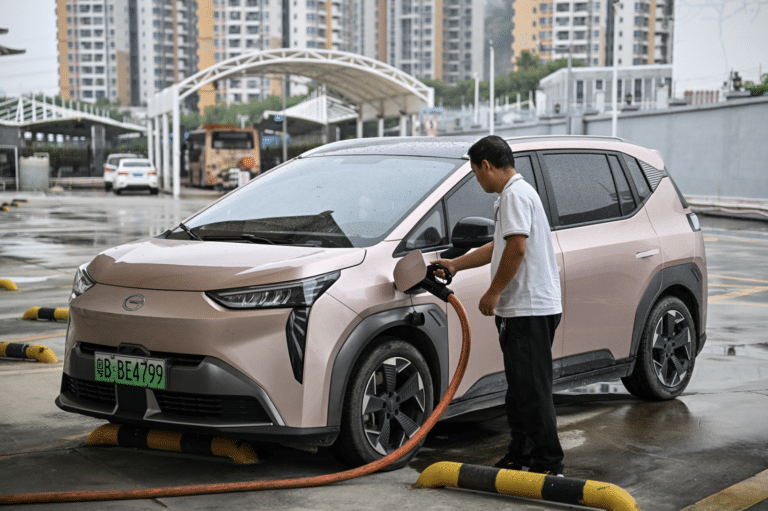Executive Summary
At least 1.5 million electric vehicle (EV) chargers have now been installed in homes, businesses, parking garages, shopping centers and other locations around the world. The number of EV chargers is projected to grow rapidly as the electric vehicle stock grows in the years ahead.
The EV charging industry is a highly dynamic sector with a wide range of approaches. The industry is emerging from infancy as electrification, mobility-as-a-service and vehicle autonomy interact to produce far-reaching changes in transportation.
This report compares EV charging in the world’s two largest electric vehicle markets — China and the United States – examining policies, technologies and business models. The report is based on more than 50 interviews with industry participants and a review of the Chinese- and English-language literature. Findings include:
1. The EV charging industries in China and the United States are developing largely independently of the other. There is little overlap among the key players in the EV charging industries in each country.
2. The policy frameworks with respect to EV charging in each country differ.
- The Chinese central government promotes the development of EV charging networks as a matter of national policy. It sets targets, provides funding and mandates standards. Many provincial and local governments also promote EV charging.
- The United States federal government plays a modest role in EV charging. Several state governments play active roles.
3. EV charging technologies in China and the US are broadly similar. In both countries, cords and plugs are the overwhelmingly dominant technology for charging electric vehicles. (Battery swapping and wireless charging have at most a minor presence.)
- China has one nationwide EV fast-charging standard, known as China GB/T.
- The US has three EV fast charging standards: CHAdeMO, SAE Combo and Tesla.
4. In both China and the United States, many types of businesses have begun to offer EV charging services, with a range of overlapping business models and approaches. A growing number of partnerships are emerging, involving independent charging companies, auto manufacturers, utilities, municipalities and others.
- The role of utility-owned public chargers is larger in China, especially along major long-distance driving corridors.
- The role of automaker EV charging networks is larger in the United States.
5. Stakeholders in each country could learn from the other.
- US policymakers could learn from the Chinese government’s multiyear planning with respect EV charging infrastructure, as well as China’s investment in data collection on EV charging.
- Chinese policymakers could learn from the United States with respect to siting of public EV chargers, as well as US demand response programs.
- Both countries could learn from the other with respect to EV business models.
As the demand for EV charging grows in the years ahead, continued study of the similarities and differences between approaches in China and the United States can help policymakers, businesses and other stakeholders in both countries and around the world.





